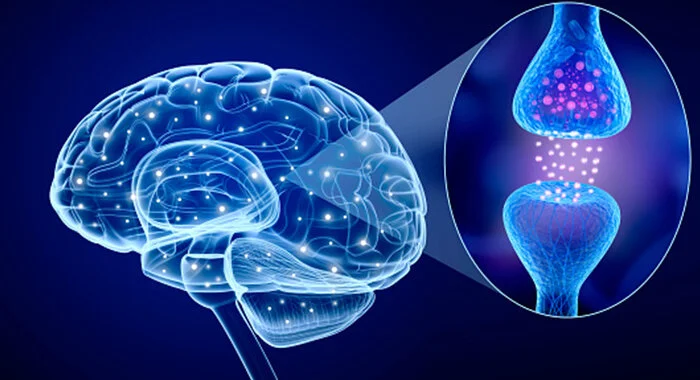Protein Misfolding: α-Synuclein and the Prevention of Parkinson’s Disease
Study Rationale:
Parkinson’s disease (PD) is a neurodegenerative disorder that results in tremors in the limbs, jaw, or head. Other symptoms of PD include muscle stiffness, slowed body movement, and impaired balance. According to an estimation by The Parkinson's Foundation, about one million people in the U.S. and about ten million people worldwide lived with PD in 2020. Unfortunately, there is currently no cure for Parkinson’s disease. PD not only reduces the patient’s quality of life but also costs the U.S. about $52 billion annually for patient medication, therapeutic surgery, and lost income. Even though the risk of developing PD increases with age, other factors such as genetics, biological sex, and exposure to certain toxins also play an essential role.
Study Impact and Next Steps:
A histological hallmark of PD is the misfolding of α-synuclein, resulting in its abnormal aggregation and Lewy bodies’ development, thus investigating this is a critical approach in Parkinson's disease research. However, the exact molecular mechanisms that prompt α-synuclein misfolding have not been well-understood.
Aspiring to address this knowledge gap, we invite you to join me over the next 15 weeks and examine the possibility of intervening with α-synuclein’s misfolding, increasing its removal, restricting its aggregation, and optimistically preventing Parkinson’s disease.

